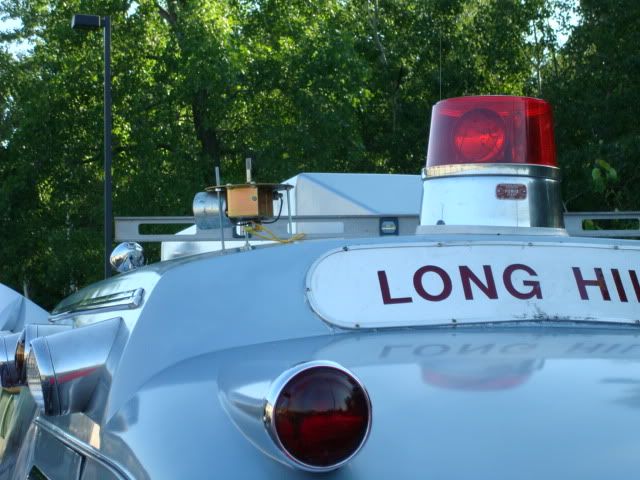To be clear, JUST a relay isn't going to solve the problem, but one or two may be PART of the solution.
I picked up a great little book at the Goodguys show in Columbus about automotive wiring. You can find it here: (at the top of the page)
http://www.watsons-streetworks.com/wiring_accessories.html
It is well worth the $8.00 it costs, whether you know nothing about automotive electrical circuits or you just need a refresher. It is very simple and easy to understand, and it starts at square one and builds from there. I recommend it to ANYONE who isn't fully confident messing around with 12 volt circuits. It explains everything with pictures as well as text, and gets detailed enough that you will also understand things like remote door lock circuits.
As for Richards problem, the best solution has already been described (splitting the lights out to two circuits, each with their own wire and breaker/fuse) but that is a lot of work running extra wires. Until that can be done, it might be possible to wire the two lights in series with each other instead of in parallel and still use the same breaker and wire, but it might make one light turn slower than the other or light up more dim. It is not the ideal way to wire it, but it wouldn't hurt anything and it would work with the existing wire and breaker until Richard has time to take apart whatever needs to be taken apart to run the new wires.
To wire the two lights in series, you would:
connect the POSITIVE wire from the breaker to the POSITIVE wire of the first light,
then connect the NEGATIVE of the first light to the POSITIVE of the second light.
then connect the NEGATIVE of the second light to either chassis ground or to a wire that runs back to the battery (whatever wire was there as the negative when there was only one light).
When wired this way, you will see one of two things: Either both lights will run slower and dimmer than they did before, or one will run slower and dimmer than the other. The difference may be negligable enough that it could be left that way and it would look all right.








